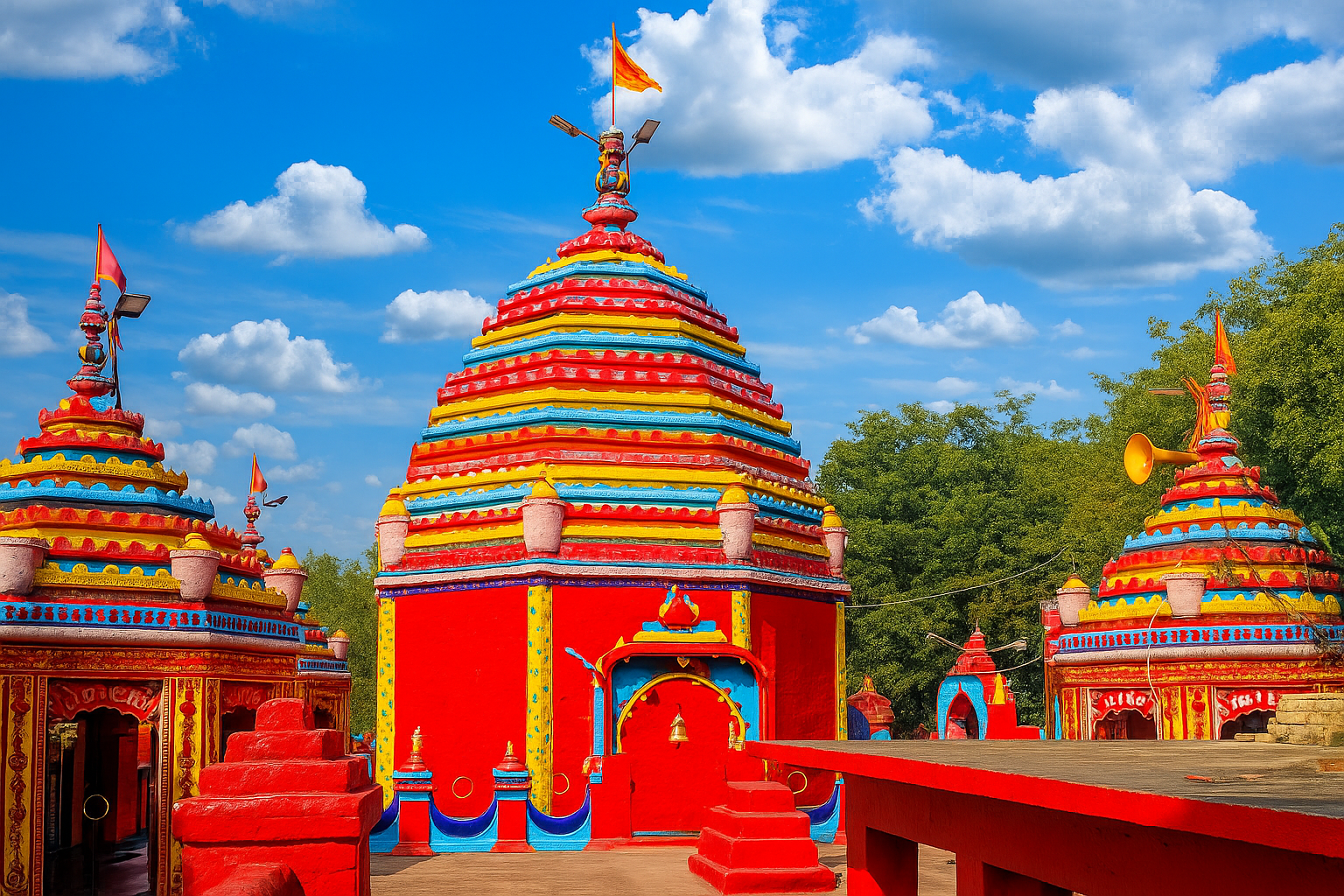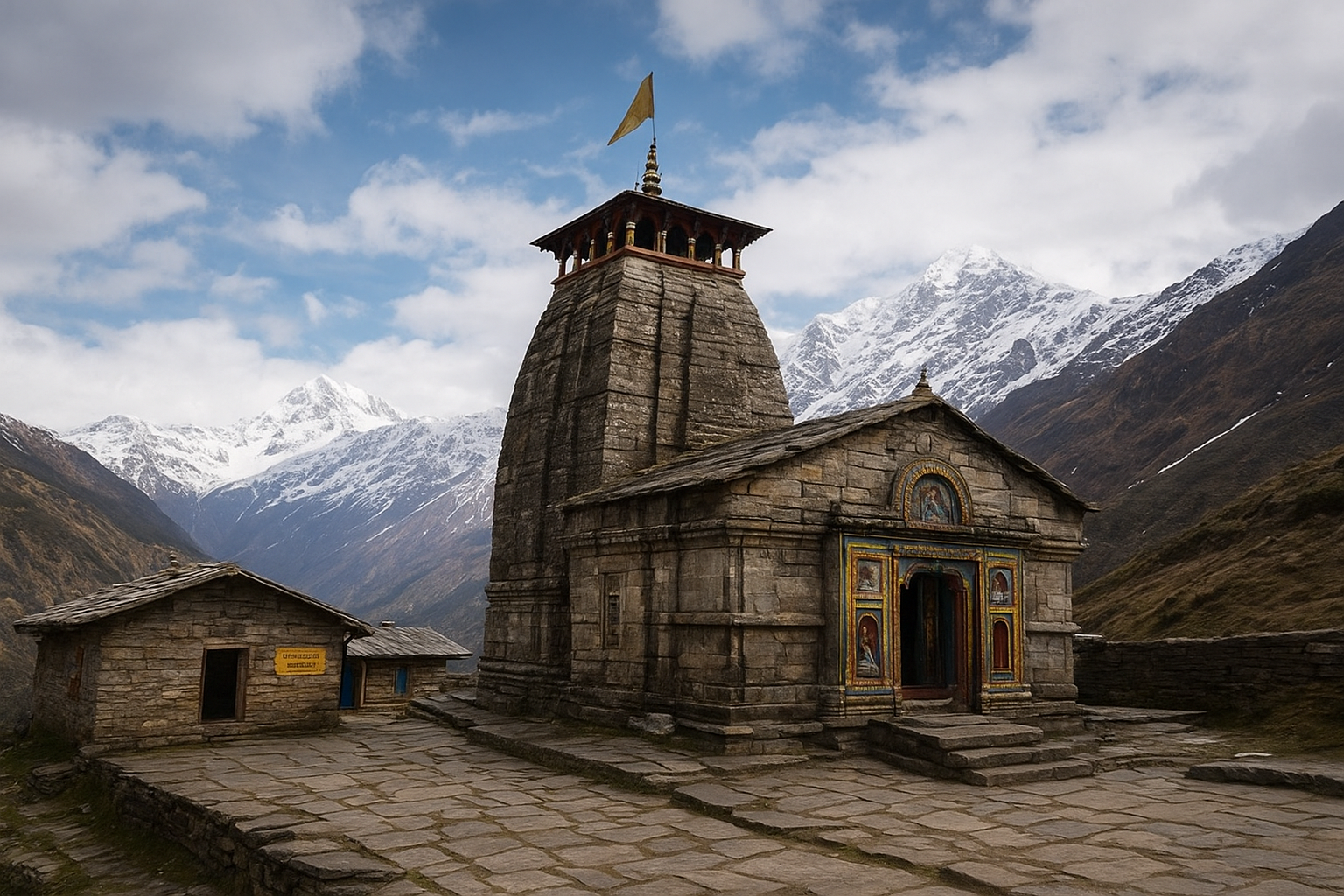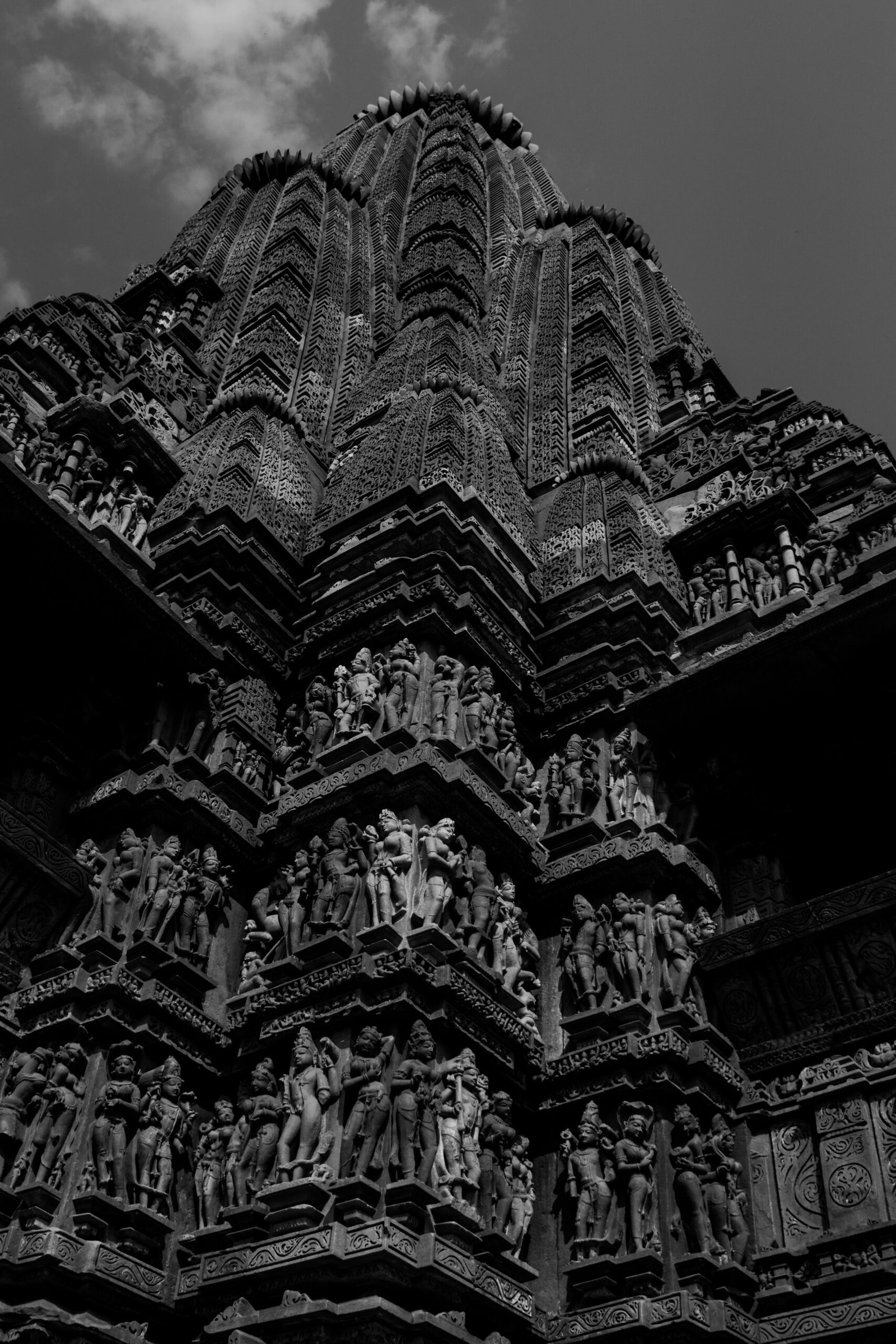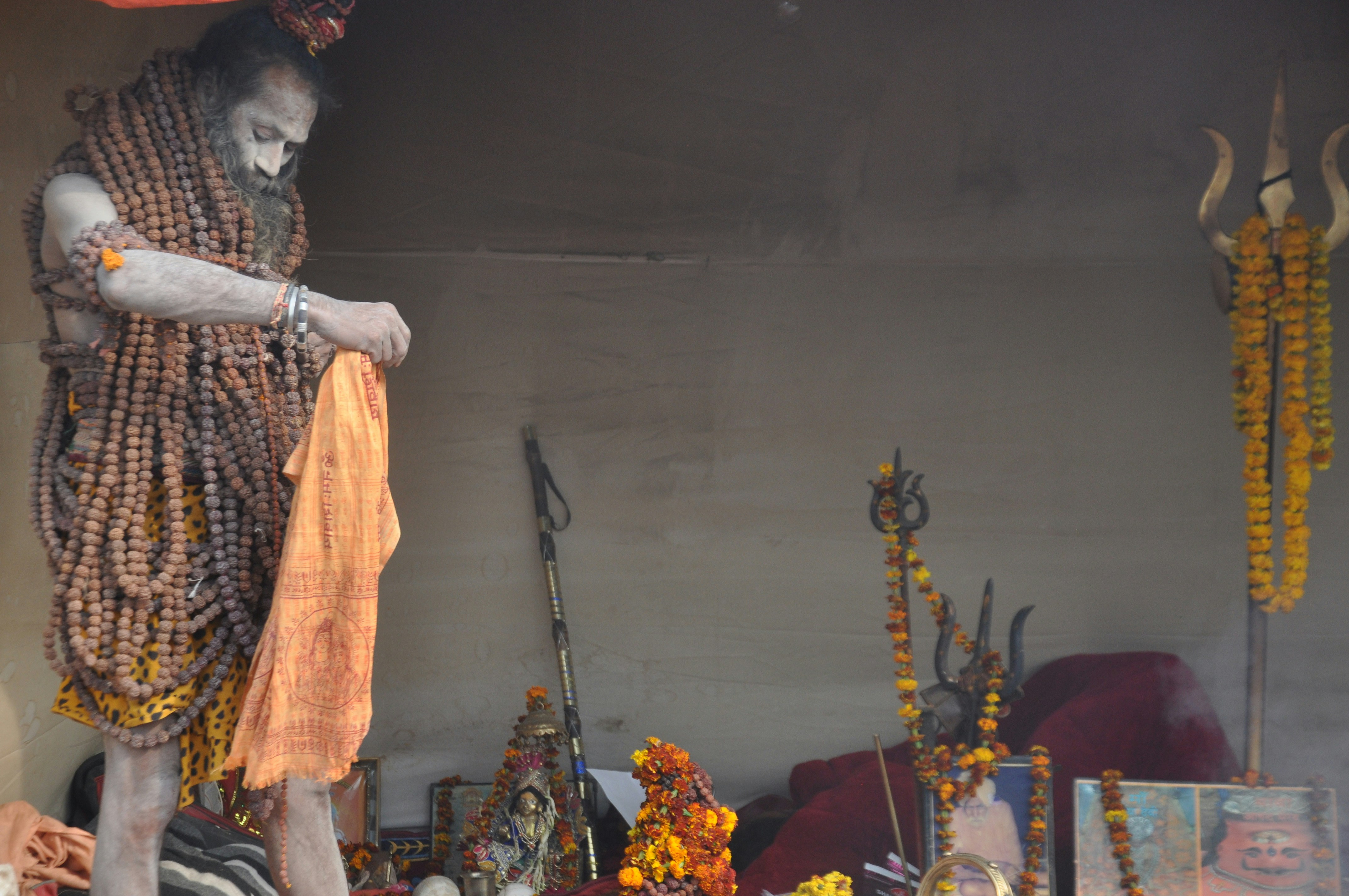Introduction to India’s Spiritual Heritage
India’s spiritual heritage is a testament to its long and varied history, deeply intertwined with its cultural ethos. The country is home to thousands of temples, each narrating stories of devotion, architectural brilliance, and historical evolution. These temples are not merely places of worship; they are emblematic of the diverse traditions, beliefs, and practices that have flourished in various regions of India over the centuries. From the towering spires of the North to the intricate carvings of the South, the temples of India offer a glimpse into the nation’s rich spiritual tapestry.
Temples in India serve as more than just religious edifices. They are centers of cultural activities, social gatherings, and historical documentation. The architectural styles of these temples vary significantly, influenced by the dynasties, artisans, and regional aesthetics of their times. For instance, the Dravidian temples of Tamil Nadu are renowned for their towering gopurams (gateway towers), while the Nagara style of Northern India is characterized by its beehive-shaped shikharas (spires). Each temple, regardless of its size or grandeur, holds a unique place within the local community, acting as a focal point for festivals, rituals, and daily worship.
Understanding the significance of temples in Indian culture requires an appreciation of their roles as custodians of ancient traditions and repositories of art and architecture. These sacred spaces often house intricate sculptures, frescoes, and inscriptions that offer invaluable insights into the socio-political and religious life of historical periods. The temple complexes are living museums, preserving the legacy of India’s diverse spiritual practices and architectural ingenuity.
This exploration of India’s temples will be undertaken on a state-wise basis, shedding light on the regional variations and distinct characteristics that define these spiritual monuments. By delving into the architectural styles, historical contexts, and cultural significance of temples across different states, we aim to provide a comprehensive guide to understanding India’s profound spiritual heritage.
Temples of Tamil Nadu: A Journey Through Dravidian Architecture
Tamil Nadu, a state in southern India, boasts a rich heritage of Dravidian architecture, visible through its numerous iconic temples. These temples not only reflect the artistic and architectural prowess of the region but also hold immense historical and cultural significance. Among these, the Meenakshi Temple in Madurai, the Brihadeeswarar Temple in Thanjavur, and the Ranganathaswamy Temple in Srirangam are particularly noteworthy.
The Meenakshi Temple, located in Madurai, is an epitome of Dravidian architecture. This sprawling temple complex is dedicated to Meenakshi, a form of Goddess Parvati, and her consort Sundareswarar, a form of Lord Shiva. The temple is renowned for its towering gopurams (gateway towers), intricately carved with thousands of mythological figures. The hall of a thousand pillars, with its exquisite stone carvings, is another highlight of this majestic complex. The Meenakshi Temple is not just a place of worship but also a vibrant center of Tamil culture, hosting numerous festivals and events throughout the year.
In Thanjavur, the Brihadeeswarar Temple stands as a testament to the grandeur of the Chola dynasty. Also known as the Big Temple, it was built by Raja Raja Chola I in the 11th century. This UNESCO World Heritage site is dedicated to Lord Shiva and is famous for its massive vimana (tower) that soars to a height of 216 feet. The temple’s walls are adorned with detailed frescoes and sculptures that depict various deities and mythological scenes. The Brihadeeswarar Temple is a marvel of engineering and artistry, reflecting the zenith of Chola architectural innovation.
The Ranganathaswamy Temple in Srirangam is another architectural wonder of Tamil Nadu. Dedicated to Lord Ranganatha, a reclining form of Lord Vishnu, this temple is the largest functioning Hindu temple in the world. Its Dravidian architectural style is characterized by its impressive gopurams, the tallest of which reaches 236 feet. The temple complex is a city in itself, with numerous shrines, water tanks, and mandapas (pillared halls). The temple’s annual festivals, particularly the Vaikunta Ekadasi, draw millions of devotees, underscoring its significance in the religious life of Tamil Nadu.
These temples of Tamil Nadu are more than just architectural masterpieces; they are living institutions that continue to play a vital role in the spiritual and cultural life of the state. They offer a glimpse into the rich heritage and enduring traditions of Dravidian architecture, making them essential stops for anyone keen on exploring the historical and cultural landscape of India.
Sacred Sites of Uttar Pradesh: The Heart of Hindu Pilgrimage
Uttar Pradesh, frequently recognized as the heartland of Hinduism, is home to some of the most revered temples in India. The Kashi Vishwanath Temple in Varanasi, the Ram Janmabhoomi Temple in Ayodhya, and the Krishna Janmabhoomi Temple in Mathura stand as monumental sites that attract millions of devotees annually.
The Kashi Vishwanath Temple, located in Varanasi, is one of the twelve Jyotirlingas dedicated to Lord Shiva. This temple has a rich historical narrative dating back to ancient times, with its earliest mention found in the Puranas. The current structure was built in 1780 by Maharani Ahilya Bai Holkar of Indore. The temple’s architecture is a blend of intricate carvings and gold-plated spires, making it a spectacular sight. Festivals such as Maha Shivaratri see the temple adorned with lights and flowers, drawing worshippers from all corners of the globe.
Ayodhya’s Ram Janmabhoomi Temple holds a significant place in Hindu mythology as the birthplace of Lord Rama. This temple has been at the center of numerous historical debates and legal battles, culminating in the Supreme Court’s landmark verdict in 2019, which allowed the construction of the temple. The architecture of the newly constructed temple is designed to reflect the grandeur of ancient Indian temple styles. The festival of Ram Navami, celebrating the birth of Lord Rama, is an event of immense importance, marked by grand processions and rituals.
In Mathura, the Krishna Janmabhoomi Temple marks the birthplace of Lord Krishna. This temple complex, steeped in history, has witnessed several reconstructions over centuries, with the current structure symbolizing resilience and devotion. The temple’s architecture features elaborate carvings and sculptures depicting various aspects of Lord Krishna’s life. Janmashtami, the festival celebrating Krishna’s birth, transforms Mathura into a vibrant hub of cultural and religious activities, attracting devotees from far and wide.
These sacred sites in Uttar Pradesh not only reflect the architectural brilliance of ancient India but also serve as vital centers of cultural and spiritual significance, deeply ingrained in the hearts of millions of devotees.
Gujarat’s Spiritual Landmarks: A Blend of History and Devotion
Gujarat, a prominent state in western India, is rich with a tapestry of historical and spiritual landmarks that draw devotees and history enthusiasts alike. Among these, the Somnath Temple stands as a testament to resilience and devotion. One of the revered twelve Jyotirlinga shrines, Somnath is dedicated to Lord Shiva and holds a significant place in Hindu mythology. The temple, which has been destroyed and rebuilt multiple times, showcases Chalukya-style architecture. The current structure, built in the 1950s, stands as a symbol of faith overcoming adversity, with its intricately carved pillars and awe-inspiring Shikhara (spire) drawing numerous visitors each year.
Another gem in Gujarat’s spiritual landscape is the Dwarkadhish Temple, also known as the Jagat Mandir. Situated in the ancient city of Dwarka, this temple is dedicated to Lord Krishna, regarded as the ‘King of Dwarka.’ The temple’s five-storied structure, supported by 72 pillars, is a marvel of architecture, reflecting the Chalukya style. The temple’s sanctum, believed to be over 2,500 years old, is a focal point of devotion for millions. Legends associated with Lord Krishna’s life and his reign in Dwarka infuse the temple with a deep spiritual aura, making it a significant pilgrimage site.
The Sun Temple in Modhera, dating back to the early 11th century, is another architectural wonder. Dedicated to Surya, the Sun God, this temple exemplifies the grandeur of the Solanki dynasty’s architectural prowess. The temple complex is divided into three distinct parts: the Surya Kund (stepwell), Sabha Mandap (assembly hall), and the main temple (Guda Mandap). The intricate carvings and the alignment of the temple, designed to capture the first rays of the sun, testify to the advanced astronomical and architectural knowledge of the era. Though no longer used for worship, the Sun Temple remains a site of immense historical and cultural significance.
These spiritual landmarks in Gujarat are not just places of worship but also repositories of the state’s rich heritage, reflecting a unique blend of devotion and history. Visiting these temples offers an insightful journey into Gujarat’s spiritual and architectural legacy.
Temples of Odisha: A Testament to Kalinga Architecture
Odisha, an eastern state of India, is celebrated for its rich cultural heritage and distinct Kalinga architectural style. Among its numerous temples, the Jagannath Temple in Puri, the Lingaraj Temple in Bhubaneswar, and the Sun Temple in Konark stand out as remarkable embodiments of religious reverence and architectural brilliance.
The Jagannath Temple, situated in Puri, is one of the Char Dham pilgrimage sites and holds immense significance for devotees of Lord Jagannath, an incarnation of Lord Vishnu. Built in the 12th century by King Anantavarman Chodaganga Deva, the temple is a fine example of Kalinga architecture, characterized by its towering spires and intricate carvings. The temple is also famous for the annual Rath Yatra festival, where deities are paraded on grand chariots, drawing millions of pilgrims from around the world.
In Bhubaneswar, the capital city of Odisha, the Lingaraj Temple is a monumental testament to the Kalinga architectural style. Constructed in the 11th century, this temple is dedicated to Lord Shiva and features a towering spire that rises to 180 feet. The temple complex, with its elaborate sculptures and detailed carvings, reflects the artistic zenith of the period. The Lingaraj Temple not only serves as a major pilgrimage site but also as a historical landmark that signifies the architectural prowess of ancient Odisha.
The Sun Temple in Konark, also known as the Black Pagoda, is another architectural marvel of Odisha. Built in the 13th century by King Narasimhadeva I, the temple is designed in the shape of a colossal chariot with intricately carved stone wheels, pillars, and walls. This UNESCO World Heritage site is dedicated to the Sun God, Surya, and stands as a symbol of Odisha’s architectural and cultural grandeur. The temple’s carvings depict various aspects of life, mythology, and celestial beings, showcasing the artistic excellence of ancient craftsmen.
These temples not only exemplify the Kalinga architectural style but also serve as significant religious centers that continue to draw pilgrims and tourists alike. Their historical importance, coupled with their architectural splendor, makes them indispensable landmarks in the cultural tapestry of India.
Kerala’s Spiritual Abodes: A Harmonious Blend of Nature and Devotion
Kerala, often referred to as “God’s Own Country,” is renowned for its serene temples nestled amidst lush greenery. One of the most significant temples in this southern state is the Padmanabhaswamy Temple in Thiruvananthapuram. Dedicated to Lord Vishnu, this temple is an exemplary illustration of Dravidian architecture, characterized by its towering gopuram (gateway tower) and intricate stone carvings. The temple’s history dates back to the 8th century, and it is particularly famous for its treasure vaults, making it one of the wealthiest religious institutions in the world. The annual Alpashy festival, marked by vibrant processions and traditional music, attracts thousands of devotees and tourists alike.
Another prominent temple is the Guruvayur Temple, dedicated to Lord Krishna, located in the town of Guruvayur. This temple is often referred to as the “Dwarka of the South,” owing to its immense spiritual significance. The idol of Lord Krishna here is believed to be over 5,000 years old, and the temple is a hub of religious activities. Unique customs such as the “Krishnanattam” dance-drama and the daily “Udayasthamana Pooja” (from sunrise to sunset) are integral parts of the temple’s rituals. The annual Guruvayur Ekadasi festival is a major event, drawing devotees from all over the country to partake in the celebrations and seek blessings.
The Sabarimala Temple, dedicated to Lord Ayyappa, is another vital spiritual destination. Situated amidst the dense forests of the Western Ghats, the temple is accessible only by a rigorous trek, symbolizing the devotee’s journey towards spiritual enlightenment. The temple is unique in its practice of allowing entry only to male devotees and women who have either not reached puberty or are past menopause. The Mandala-Makaravilakku festival, spanning 41 days, is the most significant event here, during which millions of pilgrims undertake the challenging trek to pay their respects to Lord Ayyappa.
These temples not only exemplify the rich cultural heritage of Kerala but also showcase a harmonious blend of nature and devotion, offering a tranquil refuge for spiritual seekers.
Shirdi Sai Baba Temple
Located in the quaint town of Shirdi, the Sai Baba Temple draws millions of devotees from across the globe. This temple is dedicated to Sai Baba, a revered spiritual master known for his teachings on love, forgiveness, charity, and unity among all religions. The temple complex, which encompasses Sai Baba’s Samadhi (final resting place), exudes an aura of serenity and devotion. The architectural design is a harmonious blend of simplicity and grandeur, reflecting Sai Baba’s philosophy of humility and universal brotherhood. Devotees partake in various rituals, including the daily aarti, which is a soulful experience of collective worship and spirituality. The temple’s rich history and the miracles attributed to Sai Baba make it a profound center of faith and devotion.
Siddhivinayak Temple
Nestled in the bustling city of Mumbai, the Siddhivinayak Temple is dedicated to Lord Ganesha, the remover of obstacles. This temple is a fine example of architectural prowess with its intricate carvings and gold-plated dome. The idol of Lord Ganesha, with its distinctive trunk curled to the right, is believed to be particularly powerful. The temple witnesses a heavy influx of devotees, especially on Tuesdays, which are considered auspicious for Ganesha worship. Rituals such as the early morning Kakad Aarti and the subsequent Mahaprasad (offering of food) showcase the deep-rooted traditions that enhance the spiritual experience. The Siddhivinayak Temple is not just a religious site but also a cultural icon, symbolizing Mumbai’s rich heritage and devotion.
Trimbakeshwar Temple
The Trimbakeshwar Temple, situated near Nashik, is one of the twelve Jyotirlingas, which are sacred abodes of Lord Shiva. The temple’s unique architecture includes a black stone deity and three faces symbolizing Lord Brahma, Lord Vishnu, and Lord Mahesh (Shiva). It is surrounded by lush greenery and is situated near the source of the Godavari River, adding to its spiritual significance. The temple is renowned for its religious ceremonies, including the Narayan Nagbali, Kalsarpa Shanti, and Tripindi Shraddha, which are believed to absolve sins and bring peace to the ancestors’ souls. The mystical aura and the temple’s ancient roots make it a must-visit for pilgrims and history enthusiasts alike.
Conclusion: The Unifying Power of Temples in India
The exploration of India’s famous temples reveals a profound tapestry of spirituality, history, and culture woven across the nation’s landscape. Each state, with its unique traditions and architectural styles, contributes to the rich mosaic that defines Indian heritage. From the towering gopurams of Tamil Nadu to the intricately carved shrines of Odisha, the diversity of temple architecture is a testament to the regional creativity and devotion that pervades the subcontinent.
Despite the regional differences, these temples serve as a unifying force, bringing together people from various backgrounds and beliefs. They are not merely places of worship but also centers of learning, art, and community gatherings. The rituals, festivals, and daily activities within these sacred spaces foster a sense of unity and collective identity among devotees. Whether it is the serene ambiance of the Golden Temple in Punjab or the majestic splendor of the Brihadeeswarar Temple in Tamil Nadu, each site offers a unique spiritual experience that transcends regional boundaries.
Moreover, these temples stand as enduring symbols of India’s spiritual legacy and architectural prowess. They attract millions of visitors, both pilgrims and tourists, who seek to immerse themselves in their grandeur and sanctity. The intricate carvings, expansive courtyards, and towering spires not only captivate the eyes but also inspire a deep sense of reverence and awe. Visiting these temples provides an opportunity to witness firsthand the devotion and craftsmanship that have been passed down through generations.
In essence, the famous temples of India are more than just religious edifices; they are living embodiments of the country’s rich cultural heritage. They exemplify the harmonious coexistence of diverse traditions and the collective spirit of the Indian people. As you embark on your journey to explore these sacred sites, you will undoubtedly gain a deeper appreciation for the spiritual and architectural magnificence that defines India. Let these temples be a beacon of inspiration, guiding you through the vast and varied landscape of Indian spirituality and culture.








Leave a Reply